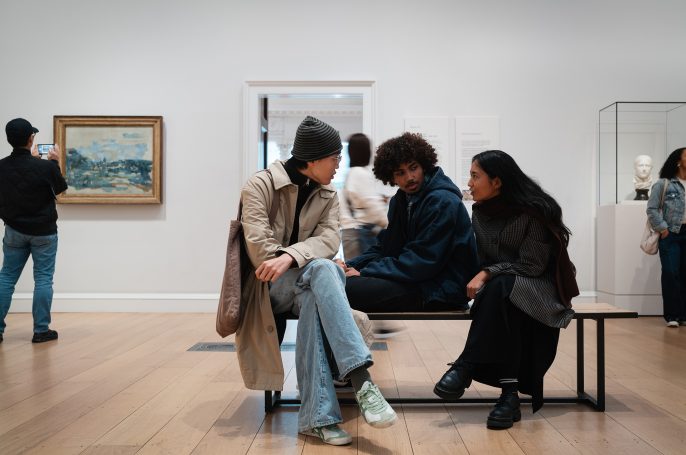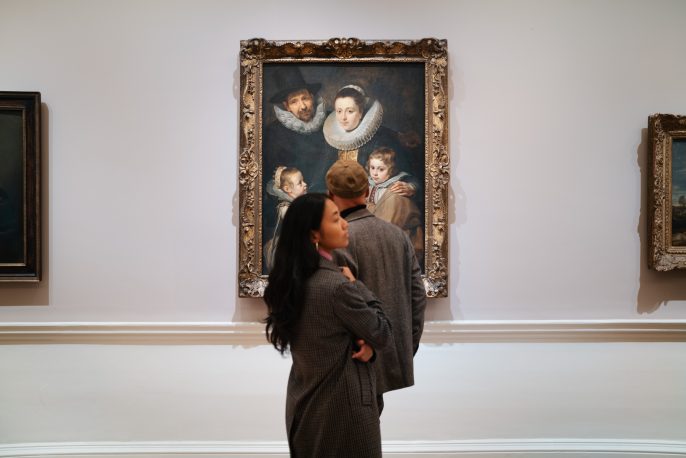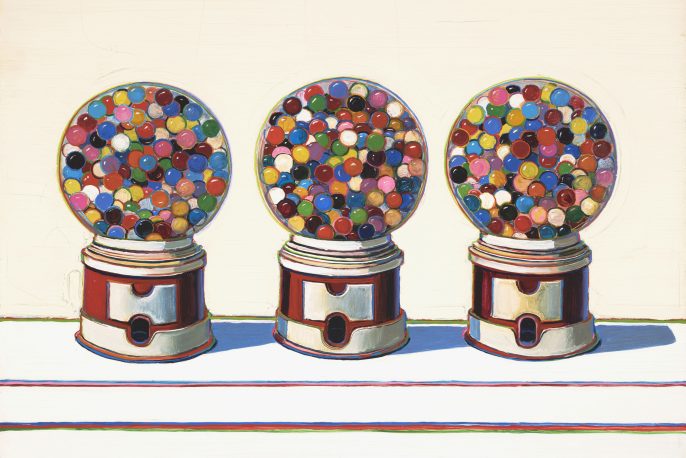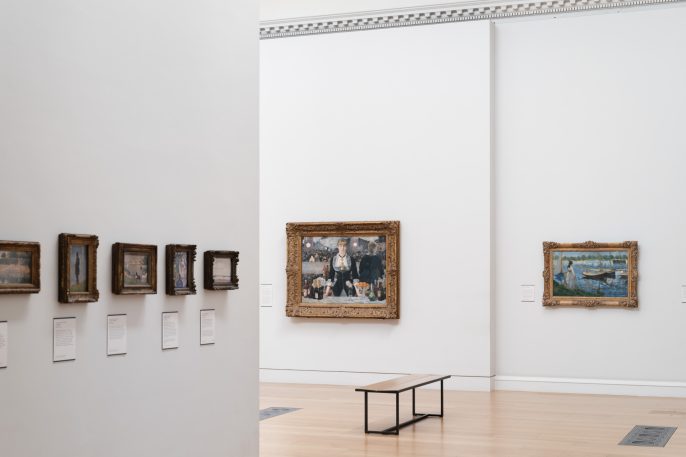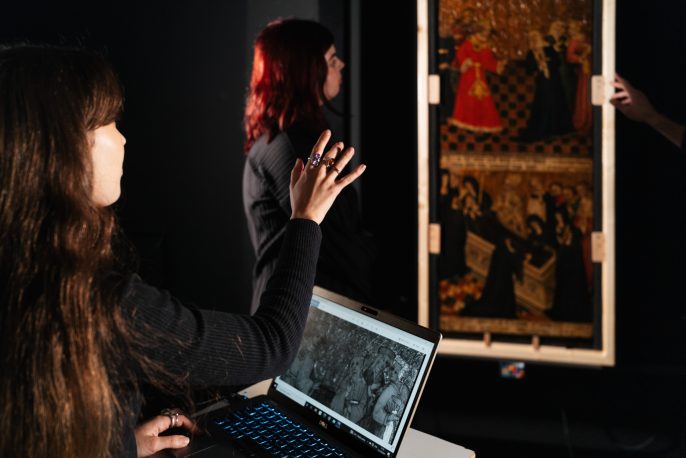Robert Brennan is a specialist in late medieval and Renaissance art in Italy. He earned a PhD in art history at New York University’s Institute of Fine Arts, and held post-doctoral fellowships at the Kunsthistorisches Institut in Florence and the Power Institute at the University of Sydney. Before joining the Courtauld, he taught as Lecturer in Art History at the University of Queensland.
Robert’s first book, Painting as a Modern Art in Early Renaissance Italy (2019), seeks out a novel interdisciplinary nexus between painting, intellectual life, and material culture, showing how a period-specific concept of “modern art” (ars moderna) emerged out of dialogue between painting and a wide variety of other “arts,” including music, poetry, medicine, textile manufacture, tailoring, and cosmetics, by the year 1400.
His current book project, provisionally titled Thresholds of Art in Renaissance Italy, studies the migration of artists from Africa and the Middle East into Italy during the fifteenth and sixteenth centuries. Crucial to this project is archival work on little-known artists, such as a Syrian-trained metalworker in Venice, an Egyptian textile designer in Ferrara, and West African musicians and performing artists in Rome, among others. In particular, the project focuses on how the work of these artists stimulated multilingual theoretical conversations that shaped and conditioned emergent Italian concepts of art. His first article related to this research, published in The Art Bulletin, maps the emergence of the “arabesque” (arabesco) as a concept that developed in tandem with projects of imperialist appropriation, but also inadvertently furnished a theoretical basis for a highly conflicted affirmation of female needleworkers as “divine” artists.
Alongside these book projects, Robert has pursued a number of other research interests in journal articles. His article in Res: Anthropology and Aesthetics investigates the intersection of market forces, the Protestant Reformation, and early modern understandings of art, focusing on an altarpiece by Albrecht Dürer. His article in Oxford Art Journal uses two adjacent chapel decorations by Raphael and Michelangelo to rethink the relationship between the body, language, and pictorial representations of time, drawing on recent developments in cognitive semantics and linguistic anthropology. A forthcoming article in I Tatti Studies, co-authored with Peyvand Firouzeh, studies a group of metal daggers inscribed with self-referential Persian poems that travelled between Persian, Ottoman, and Italian territories in the early sixteenth century, mediating and transforming tropes of gendered violence and non-binary erotic fantasy.
Publications
Monographs
Painting as a Modern Art in Early Renaissance Italy. London: Harvey Miller Publishers, 2019.
Edited volumes
Art History before English: Negotiating a European Lingua Franca from Vasari to the Present, co-edited with Marco Mascolo, C. Oliver O’Donnell, and Alessandro Nova. Milan: Officina Libraria, 2021.
Journal articles
“Translating Desire: Safavid and Ottoman Daggers in the Venetian Imaginary,” co-written with Peyvand Firouzeh, forthcoming in I Tatti Studies.
“‘Arabesques’: The Making and Breaking of a Concept in Renaissance Italy,” The Art Bulletin 105.1 (2023), 9-36.
“The Body as Axis of History: Raphael and Michelangelo at the Church of Santa Maria della Pace in Rome,” Oxford Art Journal 45.1 (July 2022), 29-43.
“The art exhibition between cult and market: the case of Dürer’s Heller altarpiece.” Res: Anthropology and Aesthetics 67–68 (2016–2017), 111-26.
Book chapters
“Not an eyewitness: the art of Saint Luke in his chapel at Santa Giustina,” in The Network of Cassinese Arts in Renaissance Italy, eds. Alessandro Nova and Giancarla Periti (Milan: Officina Libraria, 2021), 115-130.
“Complicity and self-awareness: the frescoes of Giusto de’ Menabuoi at the Santo,” in Renaissance Metapainting, eds. Péter Bokody and Alexander Nagel (London: Harvey Miller Publishers, 2020), 31-58.
“Between Pliny and the Trecento: Ghiberti on the history of painting,” in Ghiberti teorico: Natura, arte e coscienza storica nel Quattrocento, eds. Fabian Jonietz, Wolf-Dietrich Löhr, and Alessandro Nova (Milan: Officina Libraria, 2020), 43-60.
